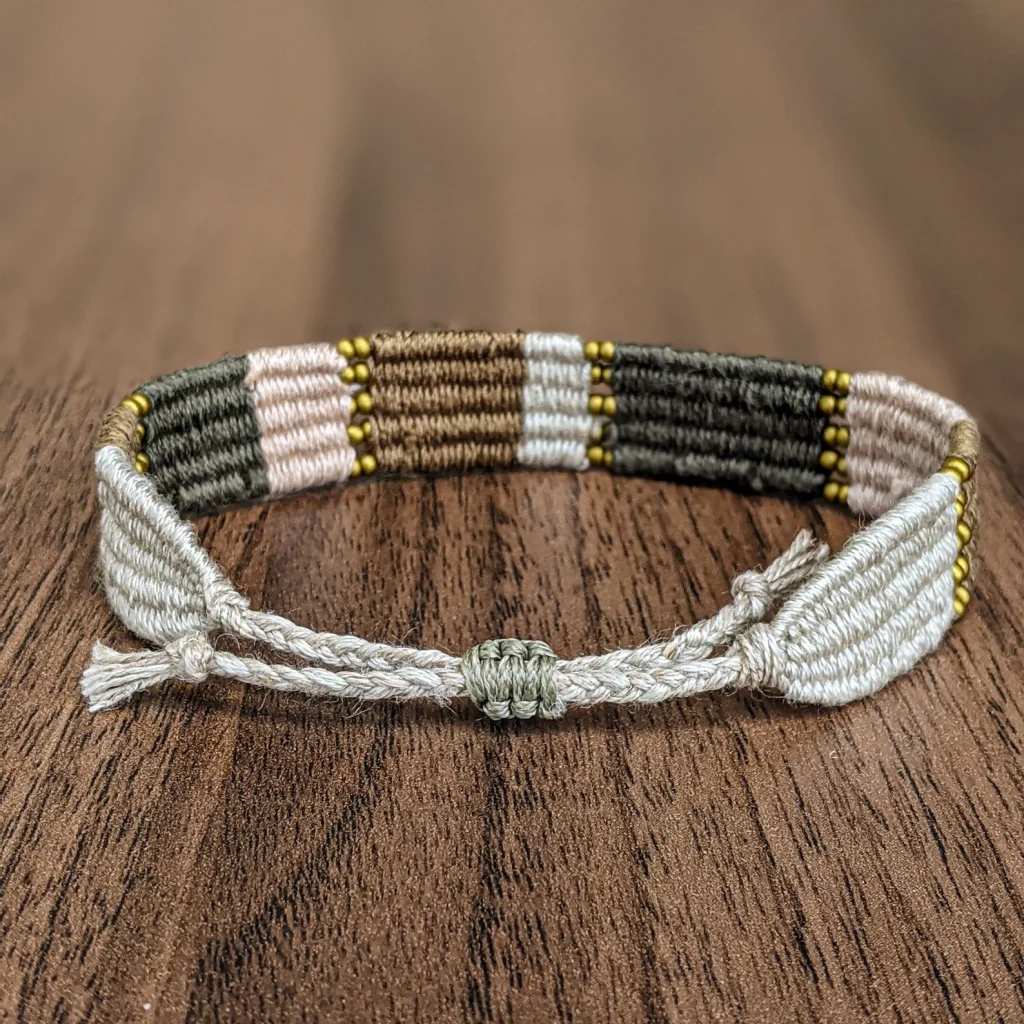News
The Art of Handwoven Bracelets: Crafting Timeless Accessories
Handwoven bracelets are more than just accessories; they are a testament to the rich traditions of textile artistry and the enduring appeal of handcrafted jewelry. These bracelets, often made using techniques like macramé, loom weaving, or knotting, offer a unique blend of cultural heritage and contemporary style.
Craftsmanship and Techniques
The process of creating handwoven bracelets involves intricate techniques passed down through generations. Artisans select high-quality threads—such as cotton, linen, or silk—and employ methods like the warp and weft technique, knotting, or beading to create patterns that are both visually striking and structurally sound. Each bracelet is a product of meticulous craftsmanship, with artisans dedicating hours to perfecting every detail.
Cultural Significance
In many cultures, handwoven bracelets hold symbolic meanings. For instance, in South American traditions, friendship bracelets are exchanged as symbols of friendship and goodwill. Similarly, in various Asian cultures, woven bracelets are believed to bring good luck and protection to the wearer. These cultural ties add depth and significance to the bracelets, transforming them from mere adornments to meaningful tokens.
Modern Appeal
Today, handwoven bracelets have transcended cultural boundaries to become global fashion statements. Designers incorporate modern elements like metallic threads, beads, and charms to create pieces that appeal to contemporary tastes while respecting traditional methods. Whether worn alone or stacked, these bracelets add a touch of individuality and style to any outfit.
Conclusion
Handwoven bracelets are not just jewelry; they are wearable pieces of art that carry with them stories of tradition, craftsmanship, and cultural significance. Their timeless appeal ensures that they remain cherished accessories for generations to come.

